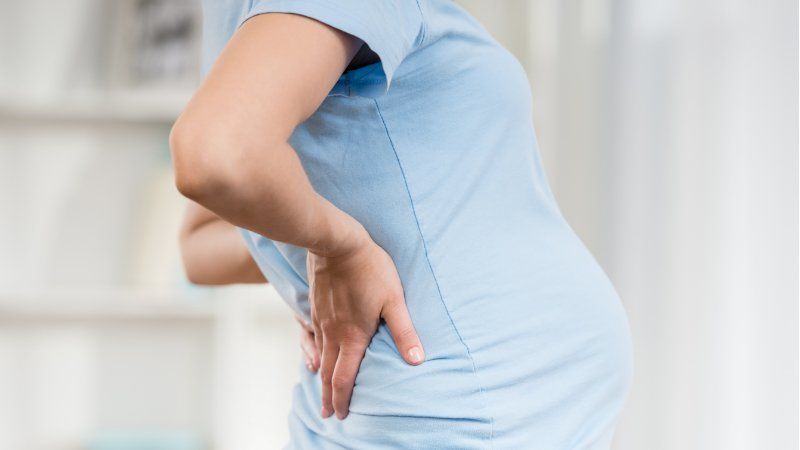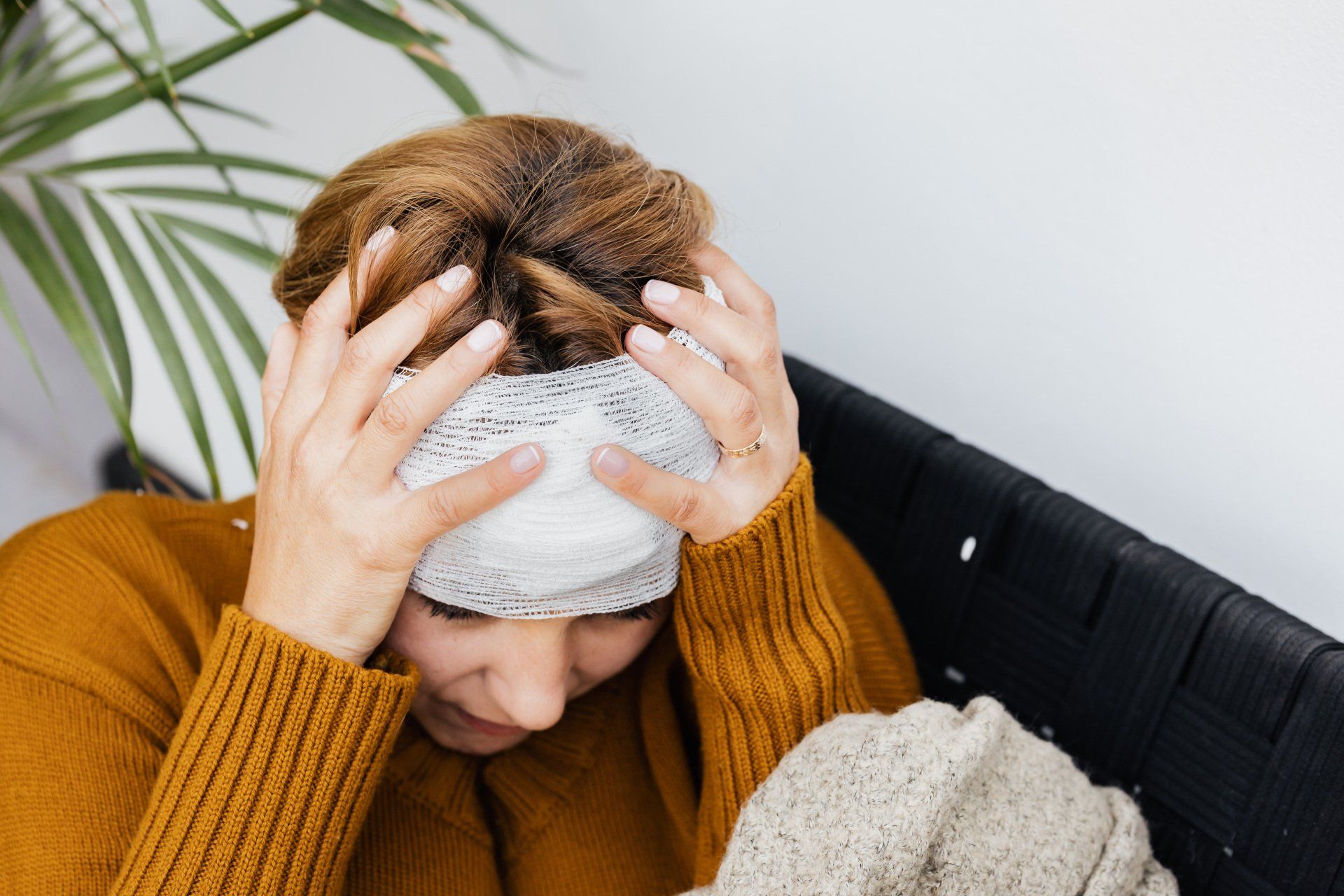Prevention and Treatment of Back Injury
Lower Back Injuries - Treatment Tips For the Back

Lower back injuries affect over 31 million people annually and are the 5th leading cause of physician office visit in the United States. These injuries are often debilitating and lead to loss of spine function, mobility and a decreased ability to perform daily tasks, work and even play. Lower back pain and injury are some of the more common and disabling ailments known to humans. Although this information seems intimidating, there are solutions and prevention strategies that can decrease the incidence of injury and also aid in treating the symptoms of lower back strain.
COMMON LOWER BACK INJURY CAUSES:
Some of the more common reasons that increase the incidence of low back strain are acute injury, overuse injury, poor flexibility and weakness to the spinal column musculature. Acute injury generally happens when the spine is overloaded and unprepared for a movement, resulting in abnormal stretching or tearing of the muscle or groups of muscles. Overuse injury is often the result of faulty posture and underdeveloped musculature that supports the spine and results in chronic strain to the lower back.
Poor flexibility leads to decreased range of motion of the spine, while weak muscles contribute to poor function, posture and decreased performance with activities involving the lower back. The main culprits of lower back pain are tight hamstrings, tight hip flexors, weak abdominal and spine extensors, plus poor endurance in core stabilizers.

PREVENTING LOWER BACK STRAIN STRATEGIES:
To minimize the incidence of developing low back injury, keep the following things in mind during day to day activities:
Avoid Stress- the lower spine is subjected to stress when standing, sitting, lying, working or exercising. Avoid standing or sitting for long periods, change positions frequently and be sure to keep good posture.
Correct Lifting Techniques- Bend at your knees to pick up objects, and carry and/or hold objects close to your body at waist level. Use proper form and technique when exercising or playing your sport, and in general just be more mindful of your posture and spine motions when you work and play
Correct Abnormalities- trunk flexibility and range of motion are critical to proper spine function. Strength and flexibility should be developed in the spine extensors to aid in injury prevention, as well as abdominal/core strength to ensure proper postural alignment.
Core Stabilization- increased core stability and strength improve posture and help individuals maintain proper spine and pelvic position. Proper mechanical position will decrease the effects of repetitive motion and protect the structures in the back from damage.
Although lower back pain is preventable, it is sometimes unavoidable, especially in the case of acute injury. There are effective treatment options available and individuals should be prompt in managing their lower back strain to help relieve pain, reduce incidence of muscle spasm and decrease inflammation associated with injury.

LOWER BACK INJURY MANAGEMENT:
First and foremost, proper diagnosis is critical for proper treatment of any injury. Be sure to seek medical attention in the case of any acute trauma to the spine, or chronic injury that continues to be a nuisance to your daily activities. If lower back strain has been diagnosed then use the following tips to assist in treatment
Rest the injury and avoid activity that places stress on the lower back
During acute phase use ICE packs and or ice massage to reduce inflammation and help with muscle spasm
Use and elastic wrap or compression wrap around abdominal region to help support lumbar area of spine
Introduce a gradual program of stretching (focus on hip flexors / extensors) and strengthening (focus on extensors, stabilizers of spine) should be introduced
Ice therapy / ice massage after exercise, as well as abdominal brace / compression wrap to assist with low back stabilization
Using injury management tools like a "lower back" ice wrap will be of great benefit to the strained individual. This wrap provides ice, compression and lumbar support, all of which are necessary to maximize treatment and rehabilitate injured spine tissues.
--
About the Author:
Amy is the NW Regional Trainer for Resist-A-Ball, Inc. and Faculty Trainer for the American Council on Exercise. Her Bachelor of Science was attained in Holistic Nutrition and is certified as a personal trainer, group fitness instructor, and yoga instructor. She also offers workshops, lectures and trainings for fitness professionals through her company FIT Launch, http://www.fitlaunch.com as well as providing personal training services locally.
Injury prevention is essential for any professional or recreational athlete, but when an injury to the low back or any other area occurs, prompt and appropriate treatment is essential.

























